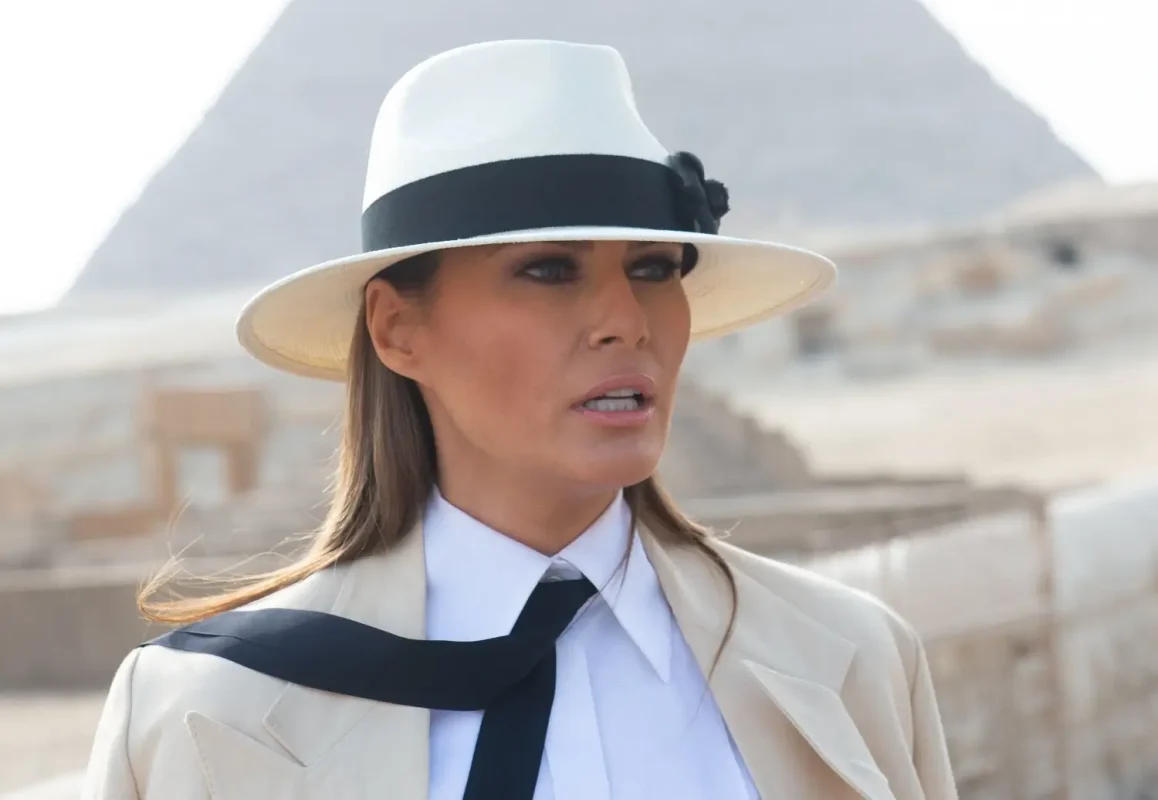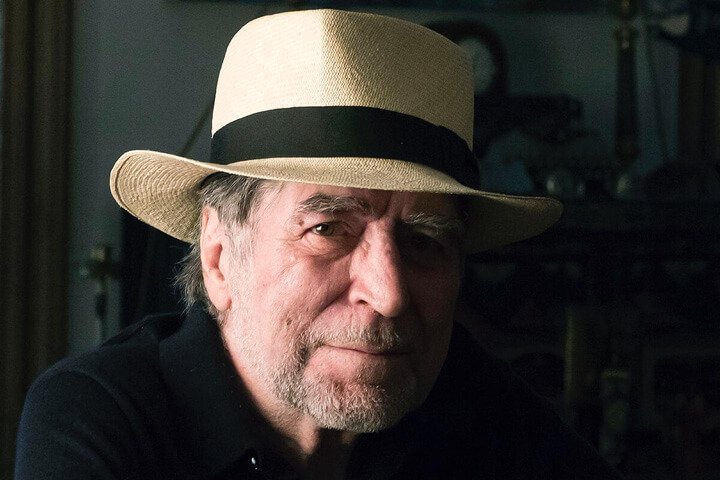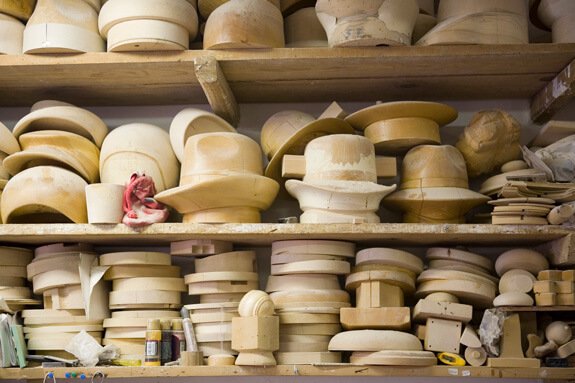Home / About Us
History of Montecristi Panama Hat

For pre-columbian people who inhabited the coasts of what is now Ecuador and Peru, the toquilla palm (Carludovica Palmata), was a plant of daily use and well known in all its applications.
I will focus briefly on explaining a little its use in basketry by those people. For our aborigines, basketry was a great technological advance that spread throughout America with great efficiency.
Read full storyThe pre-columbian germ of the toquilla straw hat was described by the Spaniards
With the toquilla as with other types of palms, baskets were made to collect, transport and store fruits such as cocoa, coconuts or bananas. Also, it was used in the construction of roofs for structures that provided shelter in an almost permanent way. Rudimentary traps were woven to catch fish in small beds of water or crabs and cephalopods if they were installed in the sea.
In addition to these uses, there are records in the General Archive of the Indies which was created at the request of Charles III in 1785, in order to unify all information on the administration of the overseas territories. In this Archive the colonizers describe that these Indians of the coasts on the Pacific use big headdresses, woven with palm leaves that apparently helps them to protect themselves from the sun. This is the origin of the toquilla straw hat, which was manufactured in a daily way to protect them from the rigors of the weather and were also used for ceremonial purposes.





